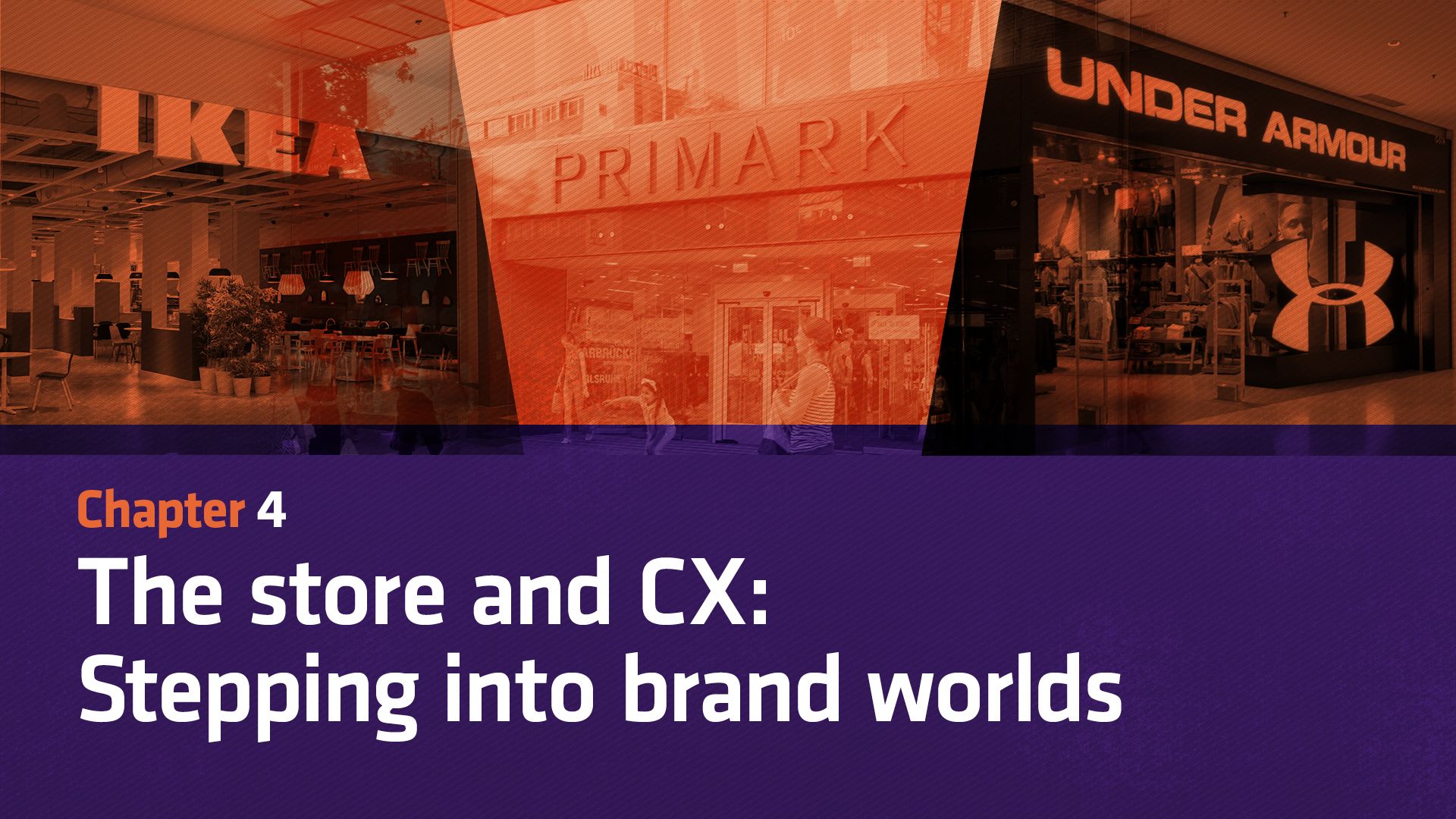
The store has undergone a major overhaul and now looks and functions a lot differently to how it did before. Crucially, it remains a central part of many retailers’ strategies.
Multichannel retailers view the store as the beating heart of their brand – a space where consumers can get immersed within the company’s world. It’s one reason why the likes of Gymshark, Glossier and Untuckit – which all built their reputations online – have opened physical spaces: they see the power of physical retail.
“I think the possibility is that we’ll open more stores,” says WiggleCRC’s Crwys-Williams. “We have a very strong own-brand business where those brands are established in their own right because they sell through other retail stores outside the group. We continue to sell them to other retailers but I can see us opening a footprint of stores, certainly.”
The most forward-thinking multichannel retailers do not set stores and online against each other; they build their strategy so one benefits the other.
Many retail leaders – like Skinnydip’s Blitz – have spoken about the halo effect stores can have on driving online sales within the region of the shop. Other businesses, such as Matalan, are using their shops for online fulfilment in order to ship goods to local customers quicker than via central warehouses.
Hobbycraft, Fat Face, Patagonia and Sweaty Betty are all examples of retailers that host events in store to get closer to their audience.
In the words of one chief executive of a fashion retailer, the store is “a gallery for the brand”. If presented, merchandised and hosted correctly, it can have a lasting impact on a consumer’s decision to shop – even if they do not part with their money during a visit.
All of this supports the notion that the purpose of the store is evolving.
The role of the store
In a non-digital world, stores were clearly judged on profit and profit only. During times of cost-cutting, the unprofitable or least profitable units would be considered for closure.
That decision to discard unprofitable shops is still evident today – John Lewis being a recent example – but now, with consumers shopping online, via social and on the move via apps and mobile sites, a store’s viability cannot be gauged on its individual profitability alone.
“The role of the store has changed significantly,” says Space NK’s Lightfoot, with the beauty retailer still investing in locations across multiple formats, including department stores.
“We used to view each as an individual cost centre tasked to make a contribution. Now, while still important, that is the lowest priority.”
He explains that Space NK stores are measured on customer acquisition and data capture as well as key brand sales and sales density. As a collective, stores are measured as “marketing sites to attract new brands and amplify the message of existing ones”.
Large grocers have shipped online orders from store for several years, but this practice ramped up during the pandemic as demand for groceries skyrocketed. It looks like being a permanent feature for many retailers, including some non-food players who use stores as mini warehouses as part of multifunctional distribution systems.
For example, Matalan fulfilled online orders from one central distribution centre before the pandemic, but as pressure built on its single stockholding for ecommerce, shops were added to the distribution network.
Now Matalan describes the ability for consumers to check live store stock and its shops’ capability to distribute ecommerce orders as central to its digital transformation work, doubling the retailer’s capacity to meet rapid online demand and boosting CX. Ikea is another retailer investing in this store-as-a-distribution-hub capability.
The role of the store for “building a community” is also important, says Rixo co-founder Orlagh McCloskey.
And that’s where events and additional services come in. Hobbycraft has cited its burgeoning workshop channel as a key factor behind its recent growth in sales and profitability, as well as its plans to open more stores in 2023.
The shops are used as venues for crafting workshops, where like-minded consumers can gather to learn new skills, develop existing ones, get creative and immerse themselves in the Hobbycraft community.
As sustainability rockets up the agenda for retailers, and recycling schemes, clothing take-back initiatives and e-waste collection services become more commonplace in shops, the store’s role in a more circular economy will likely increase. What is sold will eventually come back when it is no longer needed by consumers, and physical space will need to cater for this different type of shopping trip.
Patagonia, Barbour and Currys all offer product repair services as part of efforts to reduce their environmental footprint and become more circular organisations. As others follow their lead, shops will have to reformat to cater for these services.
“The introduction of take-back schemes, our work with Newlife, which recycles nearly 900,000 garments a year, and the development of plans for pre-loved and second-hand clothing are all in-train at our business,” explains River Island’s Kernan.
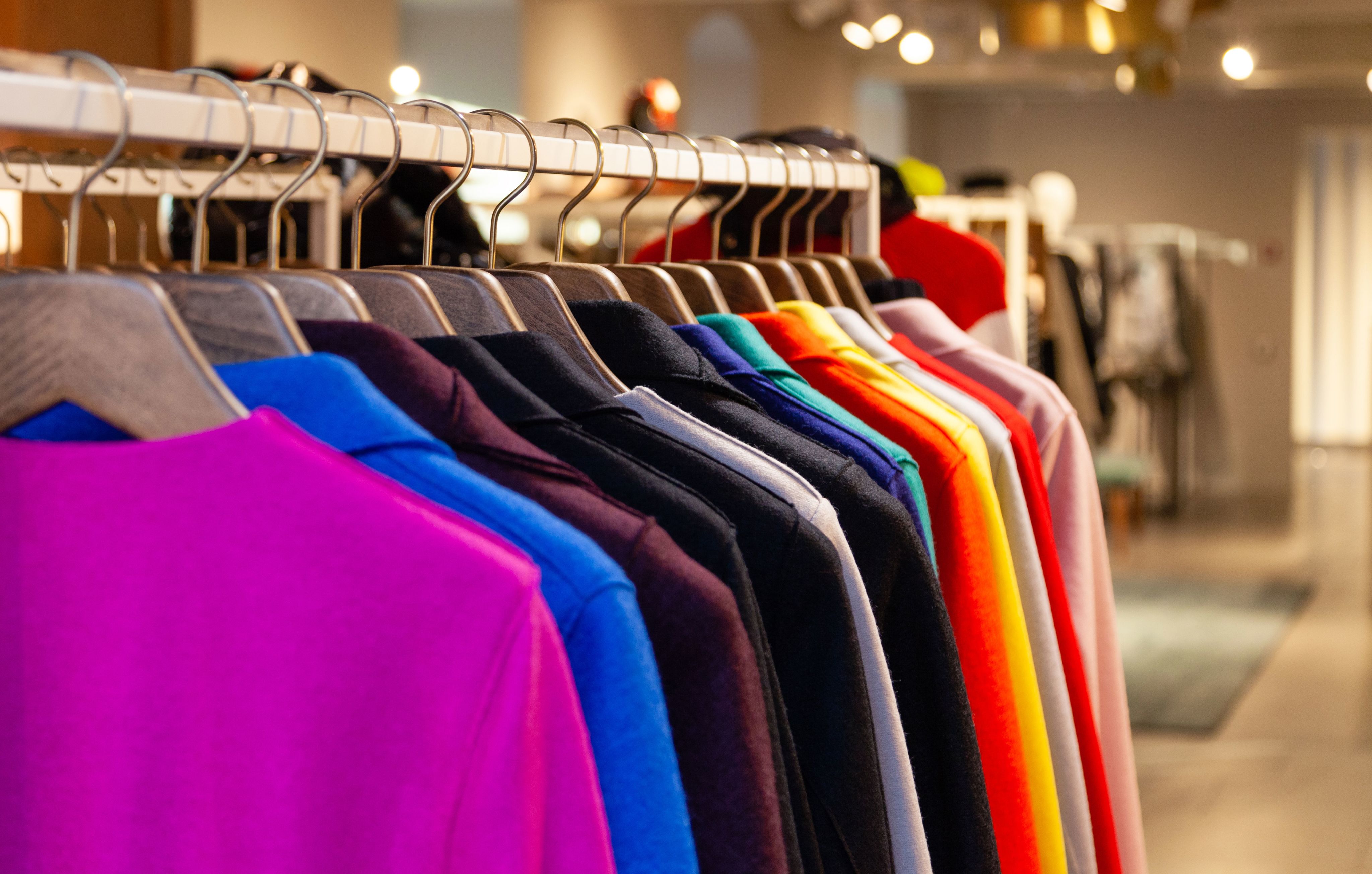
Staff and the in-store experience
Retailers are generally in agreement that they cannot compromise when it comes to the in-store experience. For many, allowing consumers to touch and feel products and interact with staff is a key differentiator from the online pureplays.
In-store experience covers ambience, staff attitude, merchandising, layout and additional services provided, and the retailers Retail Week spoke to are working to fine-tune all these elements.
In clear recognition of the need to provide experiential environments with high levels of customer service, a significant number of retailers we surveyed expect to have more staff in 2023 (24%). This compares with the 9% that said they have more staff this year versus 2021.
Ikea’s UK and Ireland country manager Peter Jelkeby says: “We need to entertain more, we need to have better interaction and we have invested quite a bit in the showroom of our stores, such as furniture displays.
“The food offer we have needs to be more than it used to be and even the co-worker interaction needs to be at a different level.”
The store is “a major strategic competitive advantage” for USPA Global Licensing (U.S. Polo Assn.), according to the fashion retailer’s president and chief executive J. Michael Prince, who talks up the storytelling potential bricks and mortar provides.
“We can engage consumers at a different level; we can get their direct feedback, face-to-face with our team,” he adds, acknowledging that this has arguably been under-utilised internationally.
Staff have a huge role to play in facilitating improvements in the store experience, of course, and retailers have recognised this. John Lewis launched its School of Service in 2021 with that in mind, promising to retrain 500 staff in the first instance in an effort to improve the customer experience it offers in its department stores.
Using four classrooms and one theatre located inside the John Lewis store in Stratford, London, the school may be used to train more staff in time, as well as those working for its sister company Waitrose.
Such work by the John Lewis Partnership is a strong nod to the idea that retail theatre is crucial for making stores compelling places for shoppers to visit.
Gift Universe’s Kraftman agrees, saying: “We talk about discovery and engagement, so we do encourage our staff to engage with the customers on the shopfloor and we do in-store demonstrations as well.
“We have one running each week, of a particular product, and that just creates a level of interaction. We’re trying to sell the item as well, don’t get me wrong, but it’s something that is fun and interesting.”
Store service differs by retailer. TK Maxx operates a low service model, with staff deployed for stock replenishment and operating the tills; they are not primarily there to give personal shopper advice. Several other retailers fall into this category – Poundland and B&M, for example.
But for specialty retailers such as Majestic and Waterstones, staff are a key asset for differentiating stores from often faceless online alternatives.
“You do it through service, you do it through presentation, you do it through personality and atmosphere. Everything we’ve done at Waterstones for the last 12-odd years has been to improve that experience in a bookshop”
Many of the books Waterstones sells are also sold by non-specialist book retailers, explains Daunt, so there are other ways his business needs to stand out.
“Obviously, you do it through service, you do it through presentation, you do it through personality and atmosphere,” he argues.
“And everything we’ve done at Waterstones for the last 12-odd years I’ve been running it has been to improve that experience in a bookshop, because we know otherwise you just go down to Tesco and you can buy a book there or you go to Amazon – neither of which have any experience attached to them at all.”
Experience is critical now, says the marketing and corporate responsibility director of a fashion and home retailer.
“It is very important when you have an interaction, whether it’s in the fitting rooms or at the tills, that it should be very high-quality,” they say. “So that’s where we put our emphasis.”
Increasingly this is being aided by technology, as one specialist multichannel retailer explains: “We are polishing some of the in-store experiences with new technology, but the core of what we do remains the same and is likely to do so.”
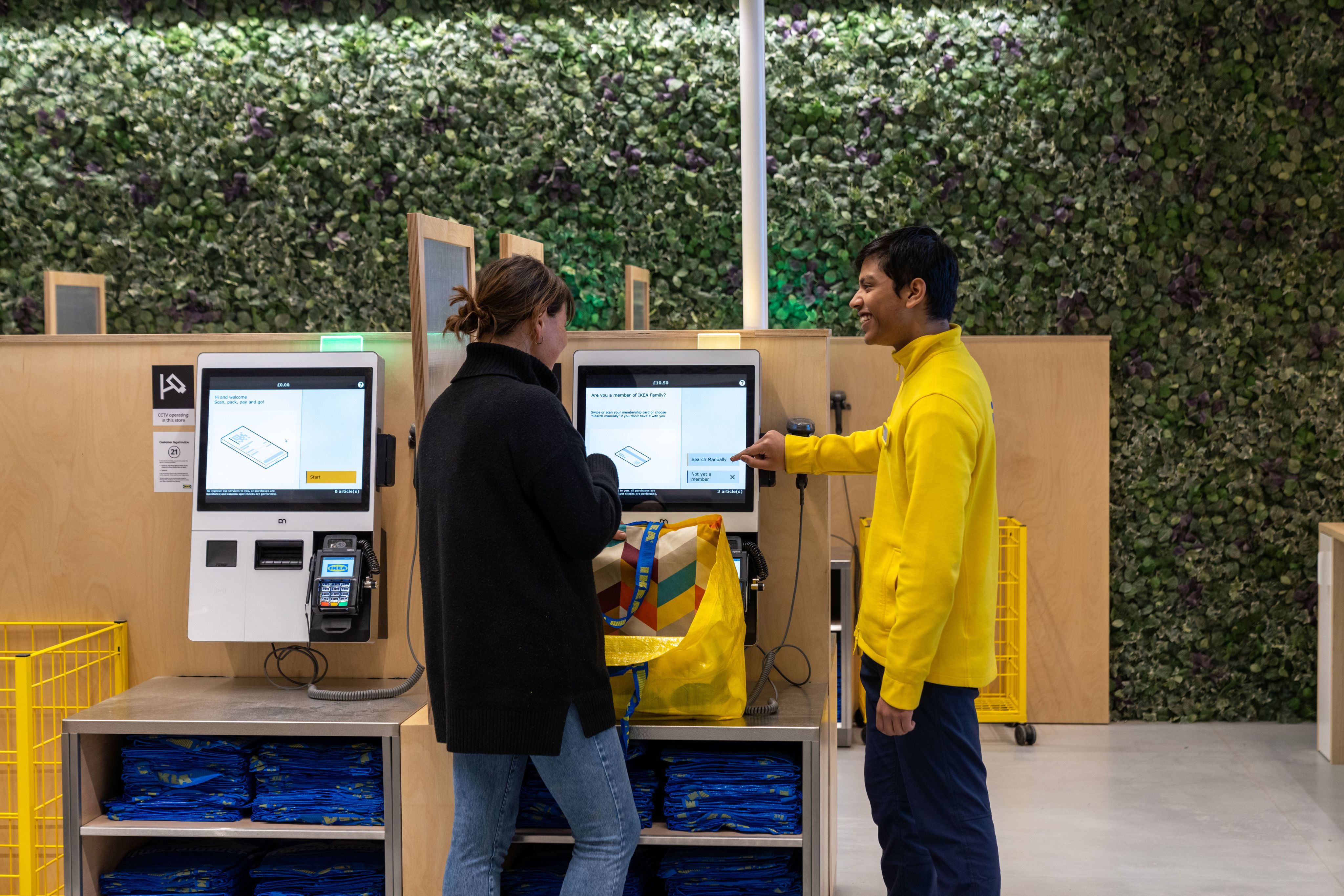
Ikea is aiming for ‘better interaction’ in store
Ikea is aiming for ‘better interaction’ in store
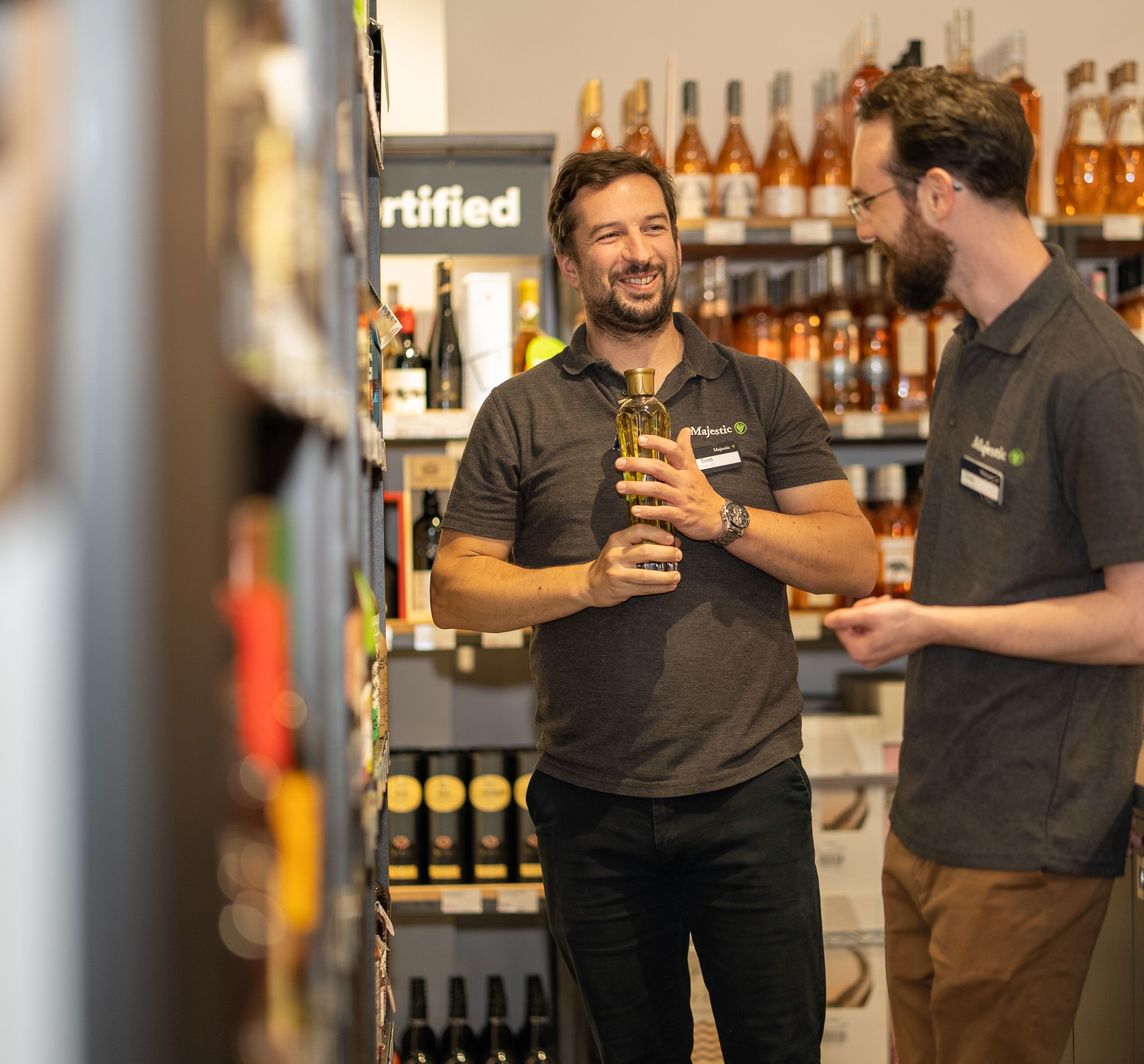
Staff are a key asset for specialty retailers like Majestic Wine
Staff are a key asset for specialty retailers like Majestic Wine
Tech-infused bricks and mortar
There are two key ways technology is being used by stores and staff to improve CX in physical retail: for internal use to improve operational efficiency and workforce collaboration, and in the direct process of serving customers.
Expanding on this, the chief executive of a footwear retailer says: “Technology is going to do one of three things: it’s going to allow us to sell more shoes, it’s going to make us more efficient or it’s going to offer a better customer experience.”
Mobile payment devices, which enable staff to serve and transact with customers around the shopfloor, are one example of technology that covers all these functions. From Apple to Dune and Mulberry to Burberry, this mobile point-of-sale tech has become ingrained in many modern stores.
There is more rapid growth in the internal systems staff use to do their jobs and foster better team bonding and company-wide communication.
Pandora, for example, is working on an app for staff that addresses many of these areas.
“It’ll be news, messaging – communication from our retail ops team, from me, from anyone – and news about product launches. Long-term, we’d also like it to be a place where you can download your rota,” explains Brix.
In January 2020, Seasalt launched its own intranet, called Bianca, which chief executive Hayes says has been “fantastic” and well-timed considering the pandemic, when clear communication within the organisation was paramount.
“Retail, in particular, feels very connected through that,” he says. “I think that's helped us, in terms of having that more holistic approach right throughout the business.”
Hayes says the business is considering an online desk-booking app, which could incorporate stores as well as head office. Not only would such a move give more options in terms of flexible working, but it could be an example of how technology can help head office staff get closer to those in stores, bringing different departments together.
Dobbies chief executive Graeme Jenkins says: “We’ve got Dobbies Connect, which is basically our intranet, which is on the SharePoint platform, and Microsoft Teams. We use Yammer a lot. It’s for staff to shout out when they’ve done something great in store or a great display, great customer service – whatever it may be.”
Social media broadcasts from the store represent an emerging trend. M&S’ TikTok ‘celebrities’ are one example, but other retailers are using the store as a location for social media shoots and encouraging staff to contribute to content – providing a neat link between their digital and physical channels.
Wolf & Badger’s Graham says: “The store team offer in-store styling for customers, they work with our influencers and collaborators, and then they also produce a lot of our social content.
“We produce a lot of the social content in our stores, often featuring our store team. So really engaging the store team across the business, particularly in marketing, [is a way of delivering memorable experiences in our shops].”
Zebra’s Thomson says: “The impact of getting the right systems and technology in place cannot be underestimated in the role of the store. Enabling role-based communication that streamlines daily tasks and enhances collaboration between both store staff and head office is paramount to delivering the customer experience that’s expected today.
“By improving workflows, retailers can support staff to do their jobs better by simplifying their workload and allowing them to solve problems on the spot.”
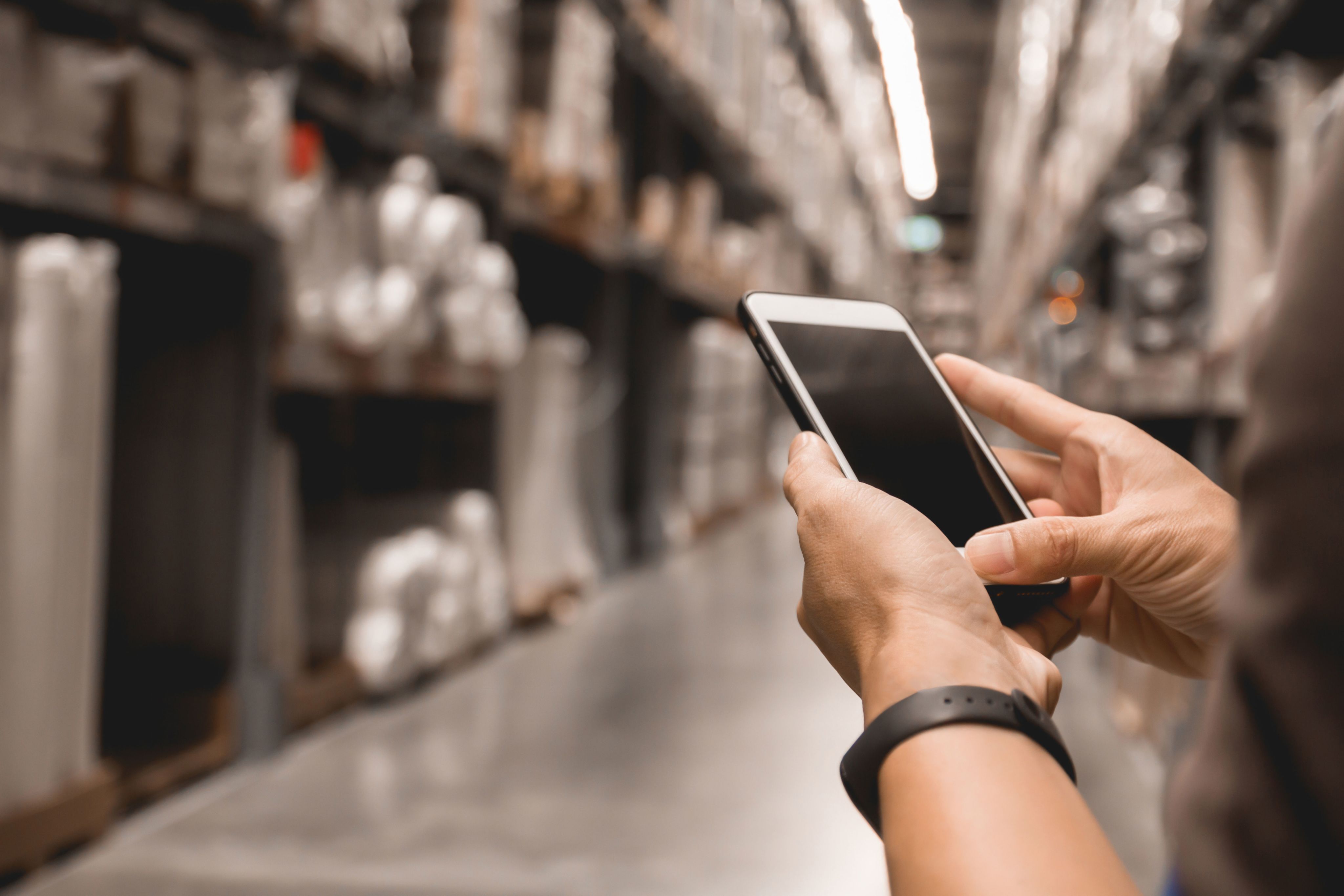
CEO view: What role is the store playing in your business and how are you creating memorable experiences?
Mark Suddards, global retail director and general manager for northern Europe, Ganni
“Our strategy is to work in clusters. So what we do is go into a key city, where we have a large amount of ecommerce orders and traffic. Once we’ve built our ecommerce business to a certain level and we’ve launched wholesale in the cities or the country, we then go in with our own retail stores. So, if you take London as an example, we’re in Selfridges, Harrods and Liberty, and then we build our ecommerce business. Once that gets to a certain level of traffic, we then drop stores in.
“The point of the store then is: how do you bring the brand to life? How do you put the amazing teams and product in front of the customers? The store teams are great at styling and our stores are like a community hub for our customers.”


Gavin Peck, chief executive, The Works
“Our heritage is in physical retail – it always has been and it always will be a very important part of our business. We are now targeting fewer new openings each year and are instead focusing on optimising our current estate and investing in our online proposition. It is this multichannel proposition that we think works so well for The Works, with circa 525 stores across the UK and Ireland.
“The most important way that we deliver a special customer experience is thanks to our brilliant colleagues, who all love what they do. For example, during the launch of David Walliams’ book Gangsta Granny last autumn, our team members dressed up as characters from the book and decorated their stores – they really brought the launch to life with their creativity.”
Kara Trent, managing director for EMEA, Under Armour
“Physical stores will, for the foreseeable future, remain a large part of our business, as we have 184 partnered and 34 Under Armour-operated stores in the EMEA region.
“In the post-Covid era, retail is taking a different role but it will remain a critical piece to making athletes better. Offering athletes an integrated brand experience is a pivotal step in our strategy. We are therefore currently accelerating the build-up of back-end capabilities to have a fully integrated omnichannel experience throughout Europe soon. We also expect to open multiple brand houses across Europe, focusing on the UK and Germany.”
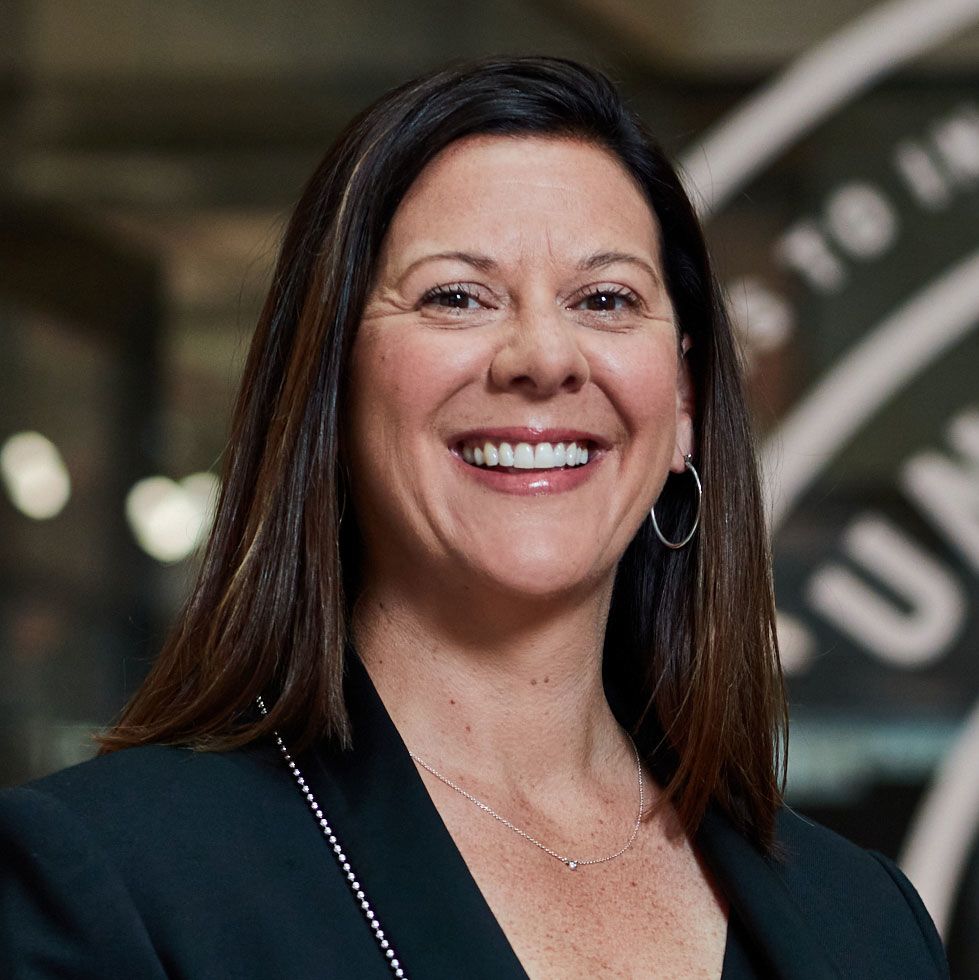

James Bailey, executive director, Waitrose
“Our physical estate plays a critical role in our business for customers, who have come to expect an elevated shopping experience both in-store and online, and we expect this to continue in the future.
“While our online operations and our recent collaboration with Deliveroo continue to trend, our shops continue to be the pillar at the core of our business that delivers the high standard of service and choice our customers have come to expect.
“Our shops are the stage for our partners to be themselves and to deliver superb customer service at every touchpoint. This is supported where possible by the latest design treatments and exciting propositions including dry-aged beef, our service counters and cafes, and recently our inclusive JL Better Together proposition.”
Daniel O’Neill, chief executive and founder, ProCook
“Seventy per cent of kitchenware is currently bought in physical spaces, so bricks and mortar clearly still has the lion’s share of the market in our sector. Physical stores are definitely still driving sales for us and they are also driving awareness of the brand so we certainly see us growing in that space in key strategic areas for the short- and medium-term future.
“We create inspirational environments so that our customers can really picture themselves using our products at home and we train our teams so that their product knowledge is exceptional. We recently opened the ProCook Cookery School within our flagship store in London on Tottenham Court Road, which has opened up a whole new way for people to experience the brand through hands-on workshops, online cook-along classes and events.”


Paul Marchant, chief executive, Primark
“We've made a fairly public statement about our ambitions on store numbers. We've said that we want to grow our stores to 530 from the 408 we are today by the end of the 2026 financial year. Within that, we talked about getting to 60 stores in the US. In the UK and internationally, that is another 120-plus stores in existing markets – plus two newly announced markets, Romania and Slovakia. We're continuing to spread our wings beyond the markets in which we currently operate.
“We continually challenge ourselves on the in-store experience. That includes the way we lay out our trend rooms to showcase the latest products, the way we pull stories together out of things like American sportswear with the NFL and NBA, and how we complement the shopping experience with other social activities. We've got Disney shops, we've got nail and beauty bars, we've got cafes, including things like the Friends Central Perk café, Disney Cafés, as well as Tasty by Greggs. We are never complacent on trying to evolve our store model."
Managing director, grocery chain
“The store is really important. Do I see that changing? No. If anything, I see the store not only becoming more important, but that investment in stores will be critical to give customers a real reason to visit.
“I think for us, being a convenience retailer, the big piece is real local customer service. Being a neighbour rather than a retailer, that real one-to-one connection with shoppers.
“The second piece is then probably around foodservice and food-to-go. We’re actually trying to differentiate ourselves in the shopping arena. We have local products that are produced in the store, not manufactured but certainly cooked up in store. So there are lots of reasons for customers to visit our shops.”



